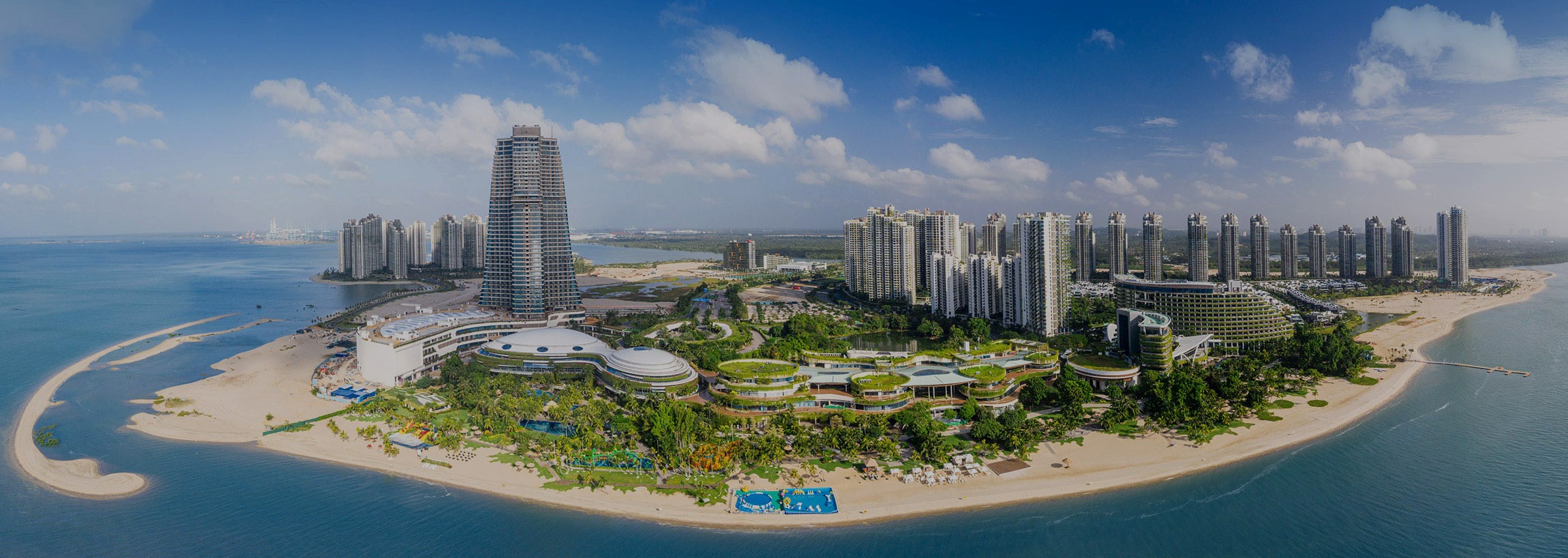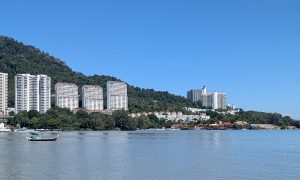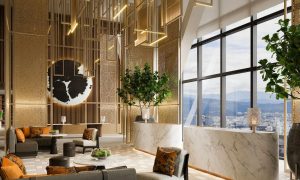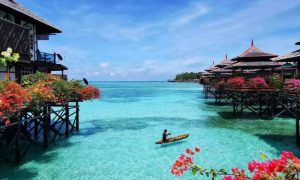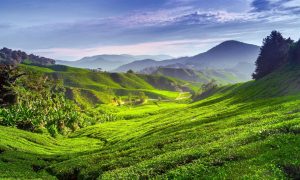Exploring Malaysia’s southern state reveals a dynamic mix of affordability, infrastructure growth, and growing international appeal.
While spending two months in Singapore for medical treatment, I had the chance to explore neighbouring Johor and see for myself the momentum building across this southern Malaysian state. Rather than rent an expensive studio apartment in Singapore, my wife and I based ourselves across the border in Johor – a decision that made financial and lifestyle sense.
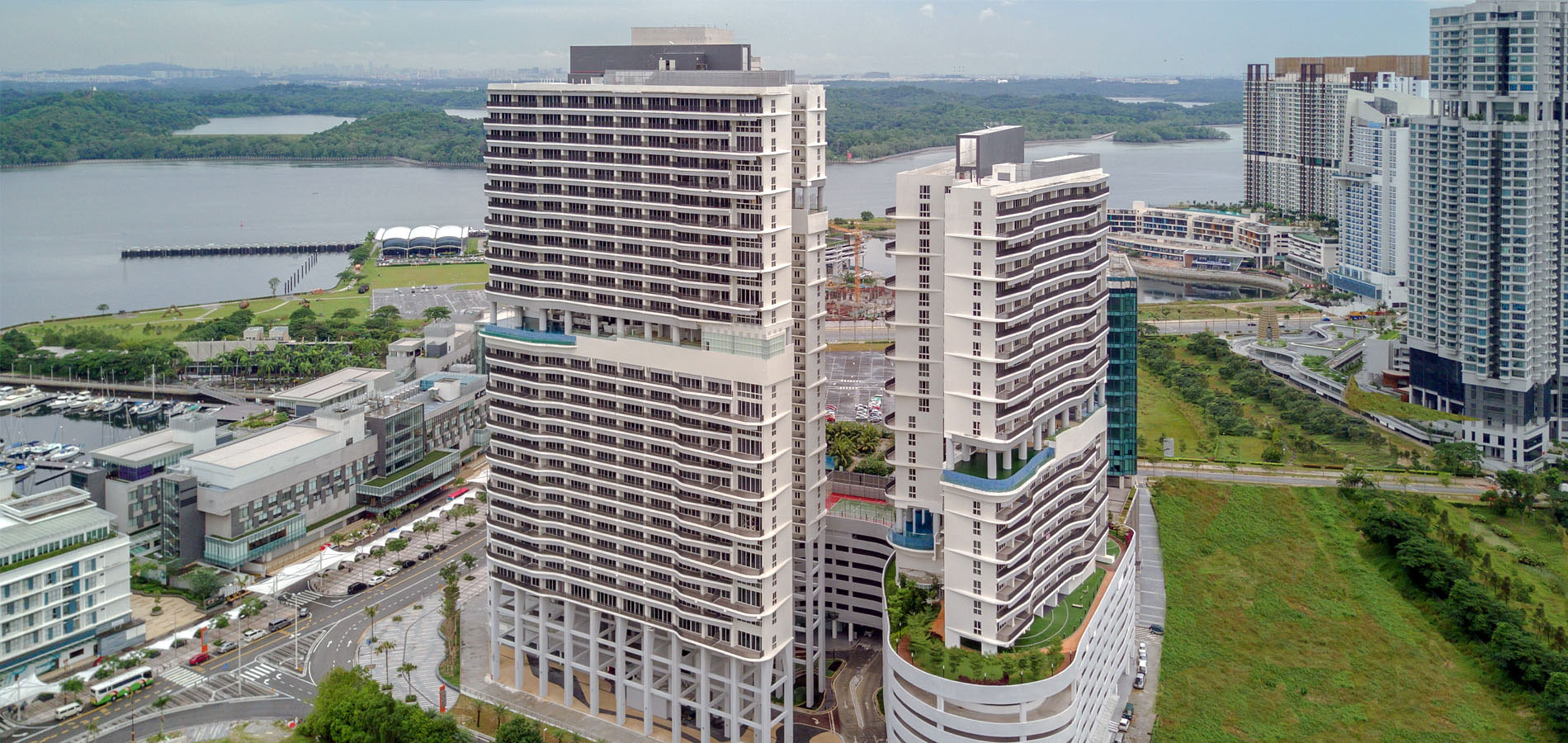
We first stayed in Puteri Harbour, near the Tuas crossing. Though the closure of the Jen Hotel left a noticeable gap, the Olive Tree group’s restaurant remained open – a lovely spot to unwind with a view. For our second month, we relocated to another apartment nearby, featuring an impressive 41st-floor swimming pool and well-equipped gym.
Commuting daily across the Tuas checkpoint to Singapore was surprisingly easy. By timing our travel to avoid the morning rush, we made the 30-minute door-to-door drive with minimal delays. Despite having to pay a daily road usage charge of S$35 and additional tolls – amounting to around RM200 daily – this was still significantly more cost-effective than living in Singapore. An Autopass card and online daily arrival declaration smoothed our immigration clearance.

This temporary home base gave us time to explore Johor Bahru and the Iskandar region. The city is undergoing steady modernisation, bolstered by its proximity to Singapore. With the Johor-Singapore Rapid Transit System (RTS) expected to launch soon – capable of moving up to 10,000 passengers an hour – connectivity is about to improve significantly.
Johor’s property market is also heating up. New apartment buildings, stand-alone homes, and townships continue to emerge across Iskandar. We were particularly taken with the Eco Botanica township – complete with hundreds of English-style homes, a large mall, and lively shops. Sunway City Iskandar Puteri is another substantial development spanning 2,000 acres. While many Singaporeans invest in Johor properties, they tend to visit only occasionally, meaning some neighbourhoods are noticeably quieter on weekdays.
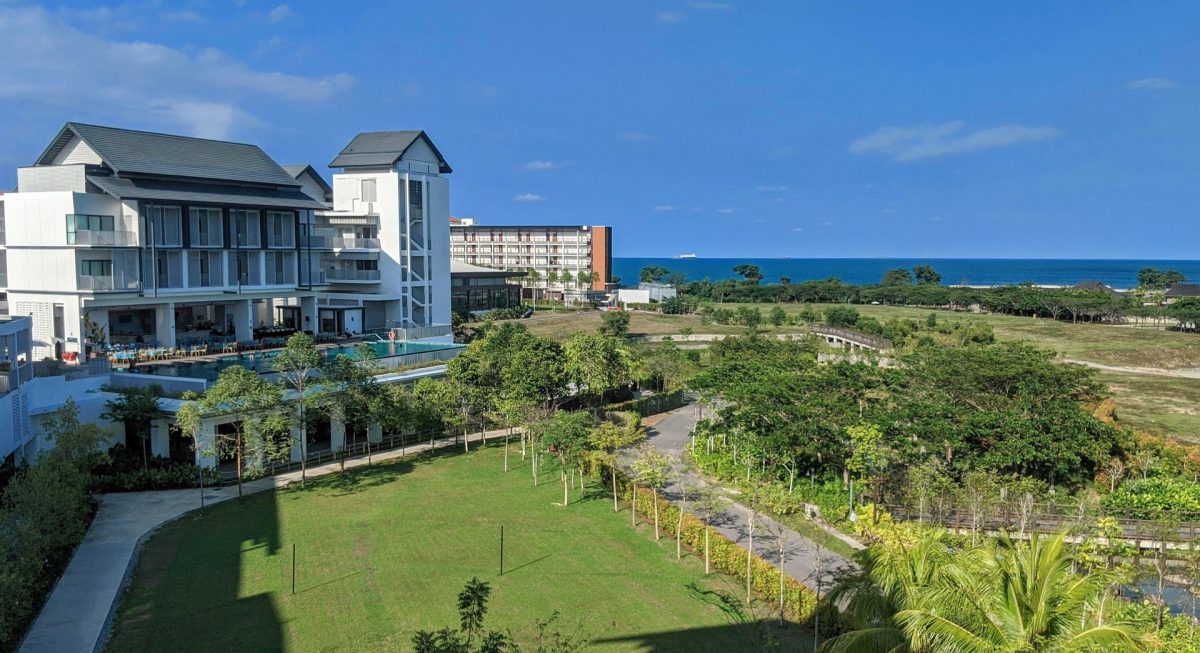
On the other side of the state, the Desaru Coast – about 100 km from Tuas – has been transformed into a premium beachside resort destination. It’s now home to the likes of Anantara, the Westin, and Hard Rock Hotel. The exclusive One&Only resort is no more, as the property will be shifting to a Mandarin Oriental resort in early 2026, making it clear that the area’s luxury profile continues to grow.
Then there’s Forest City – arguably Johor’s most ambitious development. Positioned along the west coast near the Second Link to Singapore, this massive project was launched by a Chinese developer in partnership with Malaysian stakeholders. Marketed initially to Chinese buyers, Forest City was envisioned as a futuristic eco-city spread over four man-made islands. Only one has been completed to date, and sales slowed dramatically due to the pandemic and other economic factors.
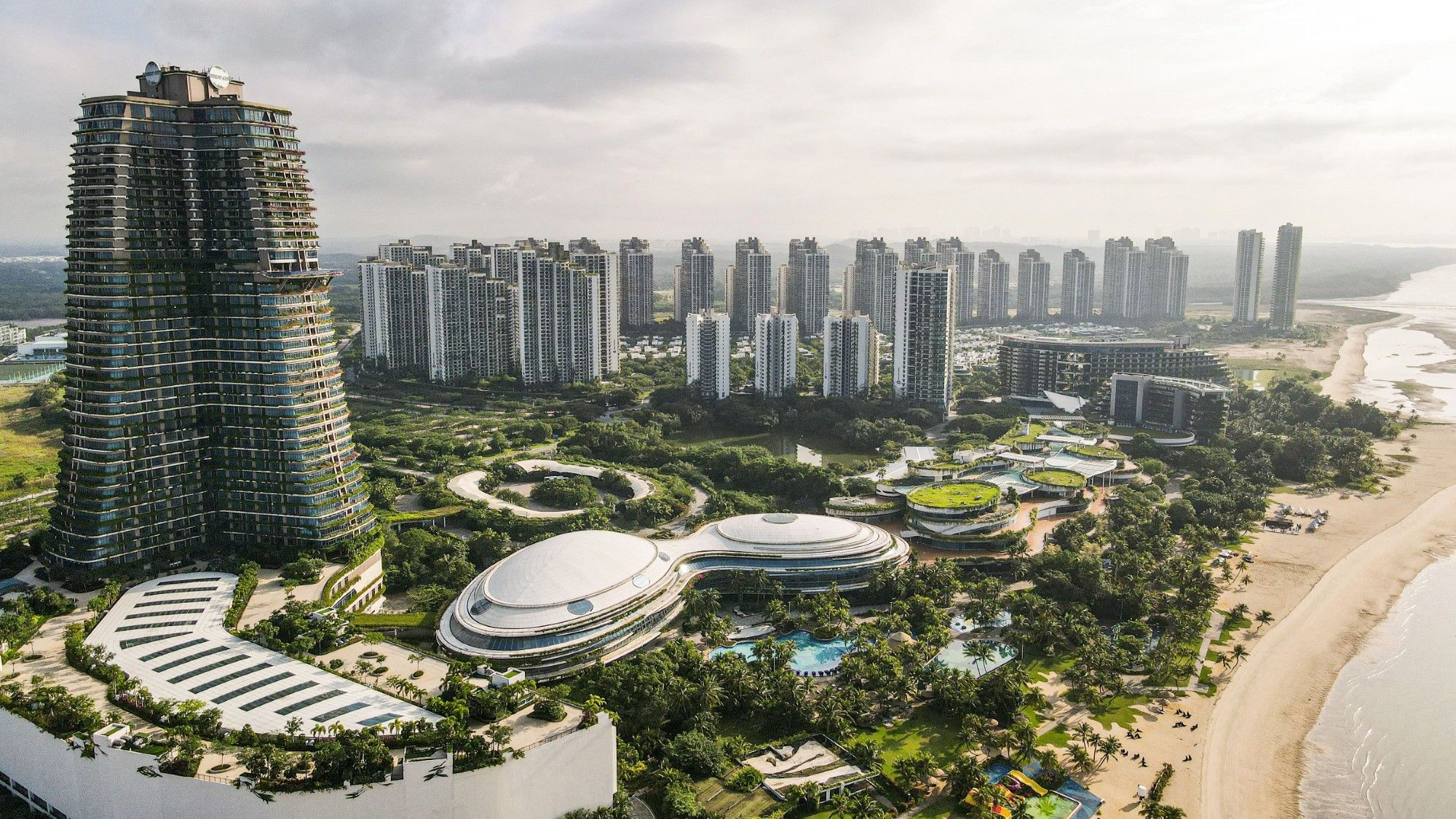
Nonetheless, the scale of the finished island is impressive, with high-rises capable of housing over 100,000 residents. Units start at around RM500,000 for 500 square feet, with sea-view properties commanding even higher prices. This puts the cost per square foot above other parts of Johor, likely due to high construction expenses and land reclamation.
As Chinese demand waned, we returned to see whether the project might now appeal to the English-speaking expat community. Developers are increasingly open to non-Chinese buyers, though marketing and funding support appear limited for now.
Still, Forest City has some strong advantages. It’s part of the newly announced Johor-Singapore Special Economic Zone and designated for financial services investment. It’s also the only development tied to a bespoke version of the Malaysia My Second Home (MM2H) visa, designed for retirees. The financial requirement is much lower than the national MM2H scheme – just US$32,000 in fixed deposit for applicants over 50, half of which can be withdrawn after a property purchase.

On top of that, Forest City is now a duty-free zone, offering residents significant savings on items like alcohol. What it currently lacks, however, is the lifestyle infrastructure that appeals to many expats – things like Western-style cafés, bars, and dining outlets. These could certainly help the area realise its original vision.
Despite its quiet weekdays, Forest City is kept tidy and sees a boost in activity on weekends. A growing number of full-time residents is helping shift the mood. For retirees or budget-conscious expats, particularly from Europe, this development offers warm weather, a low cost of living, and proximity to Singapore without the high prices.
Johor has long been a supporting act to Malaysia’s bigger destinations, but that’s changing. From the container port at Tanjung Pelepas – now the world’s 15th-largest – to burgeoning resort towns and SEZ-linked developments, the state is evolving. Whether as a short-term base or a permanent move, Johor presents compelling reasons to take a closer look.


